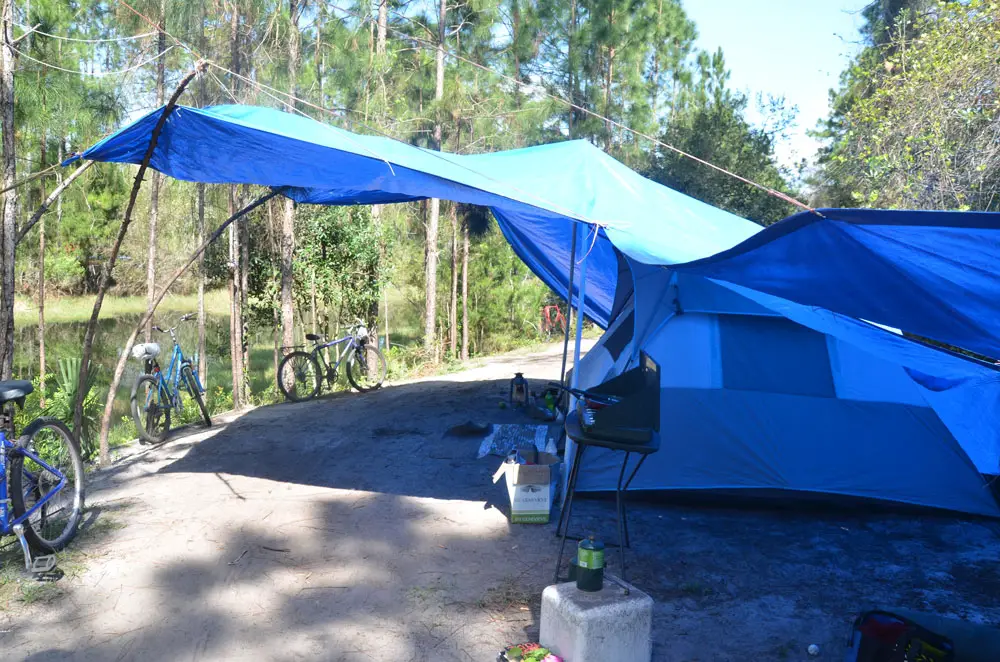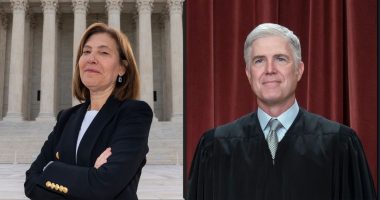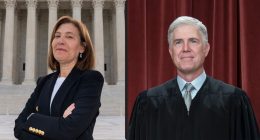
For as long as local officials and the public have met to discuss Flagler County’s homeless issues, to the extent that they have since 2011, the favored conclusion has been as unfailing as it’s been conversation-ending: it’s not a Bunnell problem or a Palm Coast problem or a Flagler County problem, but a regional problem.
That’s been officials’ simplest way to punt on the issue–professing concern while really saying it’s not their problem. They’ve left it to existing county social services, non-profits and churches to pick up the pieces.
A meeting in Bunnell in 2011 reached that conclusion (“It’s a Flagler County problem,” Catherine Robinson, the Bunnell mayor then and now, said at the time.) Another meeting at the county reached the same conclusion two years later. Yet another “task force,” involving Palm Coast, did so in 2019, more than once. And a joint meeting of local governments did so again last fall.
Along the way, Bunnell in 2019 kicked the cold-weather shelter out of its long-time home at United Methodist Church in downtown Bunnell, allowing it, with small subsidies from the county and cities, to set up at Church on the Rock on U.S. 1, away from residential zones. The same year, the county razed a long-time homeless camp near the public library on Palm Coast Parkway, supposedly to make room for a Sheriff’s District Office, though that proved only to be a ruse to fence off the area: the Sheriff’s Operations Center was eventually built in Bunnell.
If and when the conversation turns to homelessness, as it rarely does at government meetings, it doesn’t change but for the officials speaking the words, as was the case Wednesday evening at another joint meeting of local governments, the third since last June and the second where homelessness was a central discussion point.
“You can’t run people out, I know that was in the press a couple of years ago,” Flagler Beach City Commission Chair Eric Cooley had said at the joint meeting last fall, a reference to the county’s ill-fated attempt, under then-Administrator Jerry Cameron, to ship the homeless to Russell Landing, a rather derelict camp site in the middle of nowhere. “Can’t do that. They have rights. We also have obligations.”
Cooley had proposed what, so farm, has been unthinkable in Flagler County: joint funding by all local governments to provide some kind of sheltering system, when necessary. The proposal drew this response from Steve Emmett, the mayor of Beverly Beach: “We first have to understand that it’s a lifestyle. These are people that want to be out there. They don’t want shelter. They want to be able to go out and do their thing. We know that there’s two types–there’s the drug addicts, and there are the mental. ”
While Emmett, who does not see a solution, was accurate in so far as some of the homeless having addiction issues, and some having mental health problems, his words were a carbon copy of myths and misconceptions often repeated about the homeless, both as a shield from official responsibility and to the detriment of homeless individuals, many of whose transience is literal: they are not homeless by choice but by circumstances, especially when it comes to families with children.
Palm Coast Mayor David Alfin, citing a press report about boomers sliding into homelessness, disagreed with Emmett, but to say what his predecessors have been saying in Flagler County for years: “This is not a local, county, or even a regional problem. I need to elevate this to a national problem,” he said. “This is a problem that the entire country is going to face, and the reason I say that is not because it relieves us of any responsibility, but by first thought would be to increase our legislative priorities to include approaching the federal government, what funding would be available there, because money is at the base of all this. We understand that. Then also going to Tallahassee. I would think that we should exhaust those two potential resources to find out what can be had and lead the charge from there.”
But there is no appetite in Tallahassee–no bills to that effect, no legislative asks for funding for Flagler County–for spending on the homeless. Flagler County is moving ahead with numerous state-funded projects (roads, infrastructure plants, a YMCA) but there’s not so much as the glimmer of a proposal for a homeless shelter. When Alfin Wednesday evening asked Commissioner Donald O’Brien whether there was the possibility of such a shelter at the county fairgrounds, O’Brien said there was not. “In terms of sheltering, I think the reliance has been on on the nonprofits and the religious organizations to provide services whenever possible,” O’Brien said.
Cooley, who has been pushing the agenda item at the joint meetings, did so again Wednesday evening, and put it point blank: why not have a joint request from all local governments to the legislative delegation for funding that could lead to a shelter “or any other services that would be available,” he said.
“Do we want to have discussions on–should we as a county have a place to shelter those folks? Because we do have an obligation,” Cooley said, repeating his theme from the previous meeting. “There’s also a quality of life issue. If we have folks staying in parks or camping in parks because they have nowhere else to go, what is the long-term effect around the county if there’s nowhere else for those folks to go?”
“Certainly it wouldn’t be this legislative session,” O’Brien said, “and the downside is we’re pretty much losing all our power after this session, given the term limits for Speaker Renner and Senator Hutson. We’re going to kind of go back to square one so there’s not a lot of of hope there for extra support after this year. Not to say we can’t do it, but i guess we would have to flesh it out more, to understand what we would be asking.”
Cooley’s proposal is the most direct discussion about a potential shelter as there’s been in a decade and a half. But the ensuing discussion was just as inconclusive as it was last fall–as it’s been since 2011.
Wednesday’s meeting was also prone to generalities that were not necessarily based on evidence, as when Colley suggested that the homeless population was growing “exponentially,” or when Jeff Schuitema, the vice mayor of Beverly Beach, referred to a “20 percent increase in the homeless population.” It wasn’t clear whether he was referring to Flagler County or to national numbers. The figure is accurate nationally. It is not accurate locally, at last count.
Figures made available by Flagler Cares, the social services non-profit, point to 249 evictions in 2022, with 2023 on pace roughly to match that number: there’d been 217 evictions as of September, with the last three months of the year to be tabulated.
The Volusia Flagler County Coalition for the Homeless conducts the annual “point-in-time” census of the local homeless population every January. Volunteers fan out over Flagler and Volusia and literally count the number of homeless persons they see, after visiting areas known to be frequented by the homeless. The next count–conducted in every community in the country–took place Wednesday and today, though those numbers will not be available for at least a few weeks.
The January 2023 count saw a 17.8 percent increase in the homeless census in the two-county area, from 865 individuals to 1,053, among them 312 families with children and 80 veterans, with almost half being sheltered.
Of those, just 61 were in Flagler County, with only one individual found to be unsheltered in Flagler Beach, seven in Palm Coast, nine in Bunnell, and 12 in “unspecified” areas. Thirty-two of the homeless were considered sheltered. (See the full report here.)
The homeless trend in the two-county area, overall, is down considerably from its peak in 2012, when the point-in-time count found 2,384 individuals, though after bottoming out in 2018 at 683 individuals, the numbers have been rising slowly since.
Alfin referred to Flagler Cares as “a resource for grant opportunities and/or asks and things like that, and they do have some private funding sources which may be beneficial.” That approach, to others around the table, was preferable than relying on government. The deference was wrapped in flattery for non-profits like Flagler Cares. But it was also yet again a form of absolution for government, since non-profits’ funds are limited and restricted, or originate from government sources anyway (like Palm Coast), while government alone has the capability to taken on what Alfin himself had said is not a local problem.
The group agreed to discuss a “funding request” with each locally elected board to gauge whether there is an interest in going that route. What that funding request would look like, who it would be made to–the legislative session ends in a few weeks, and next year’s session will, as O’Brien noted, leave Flagler County in the wilderness–and what it would be spent on all remain unanswered questions.






